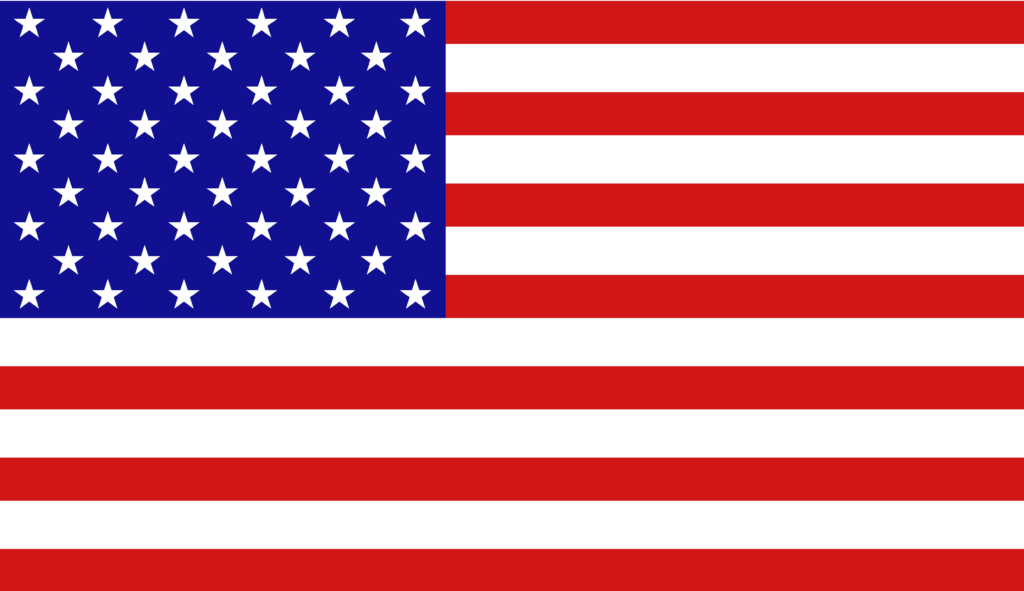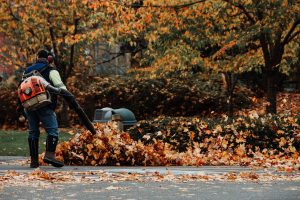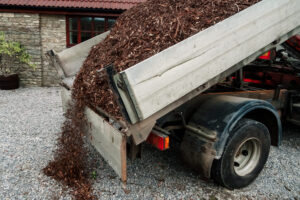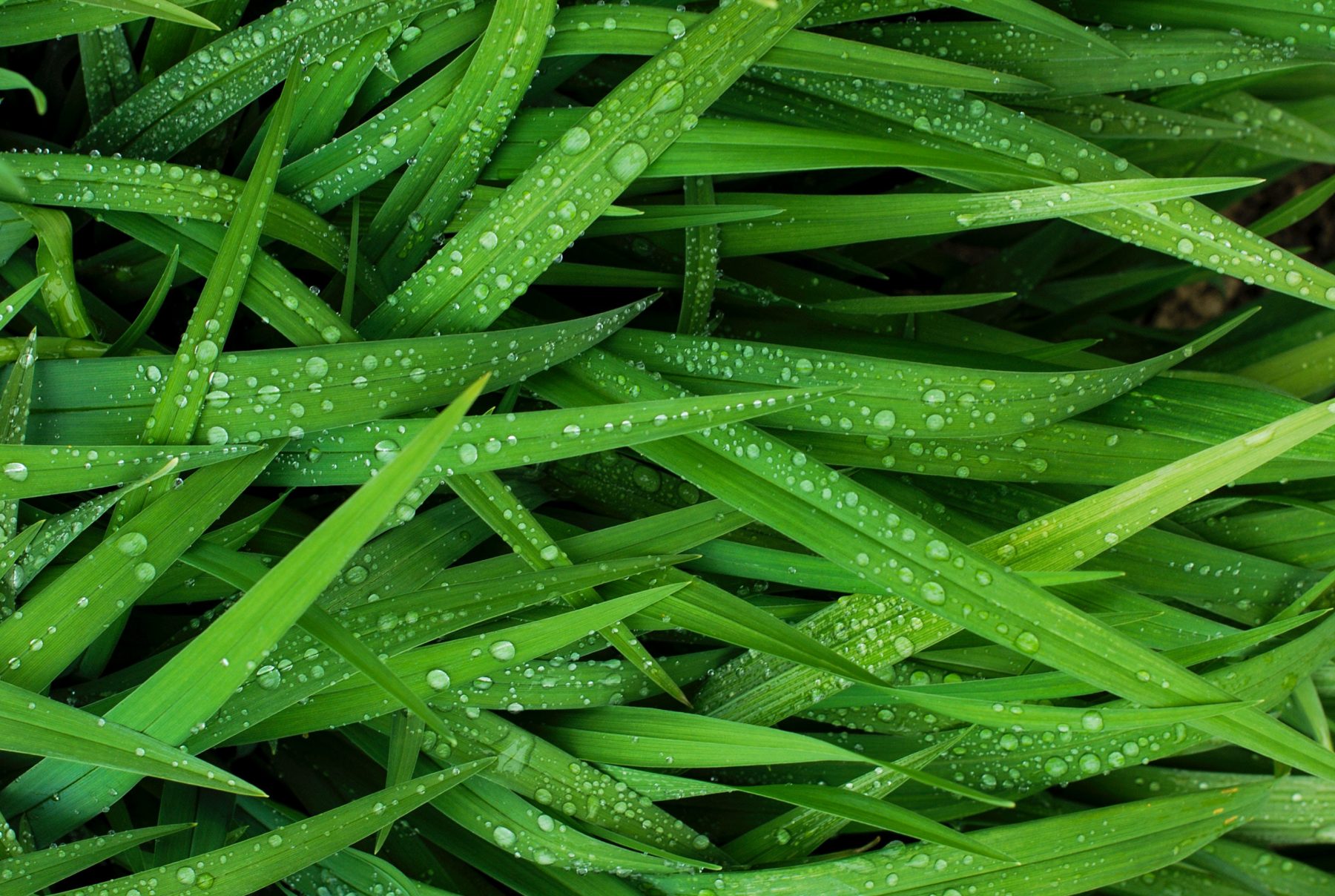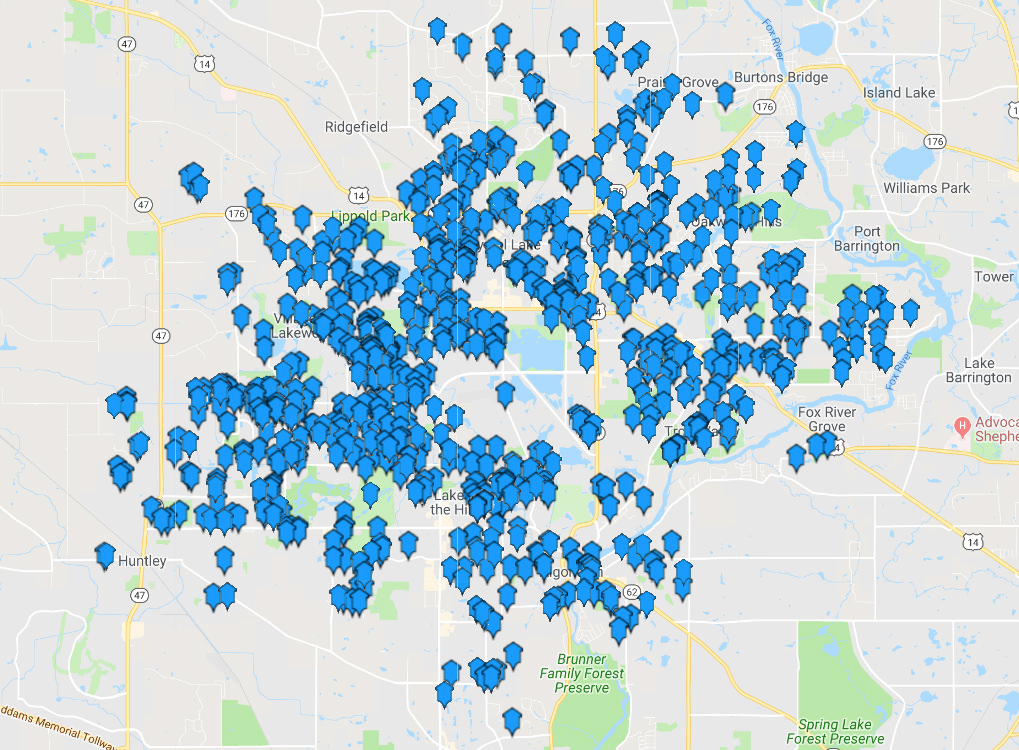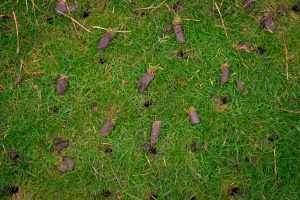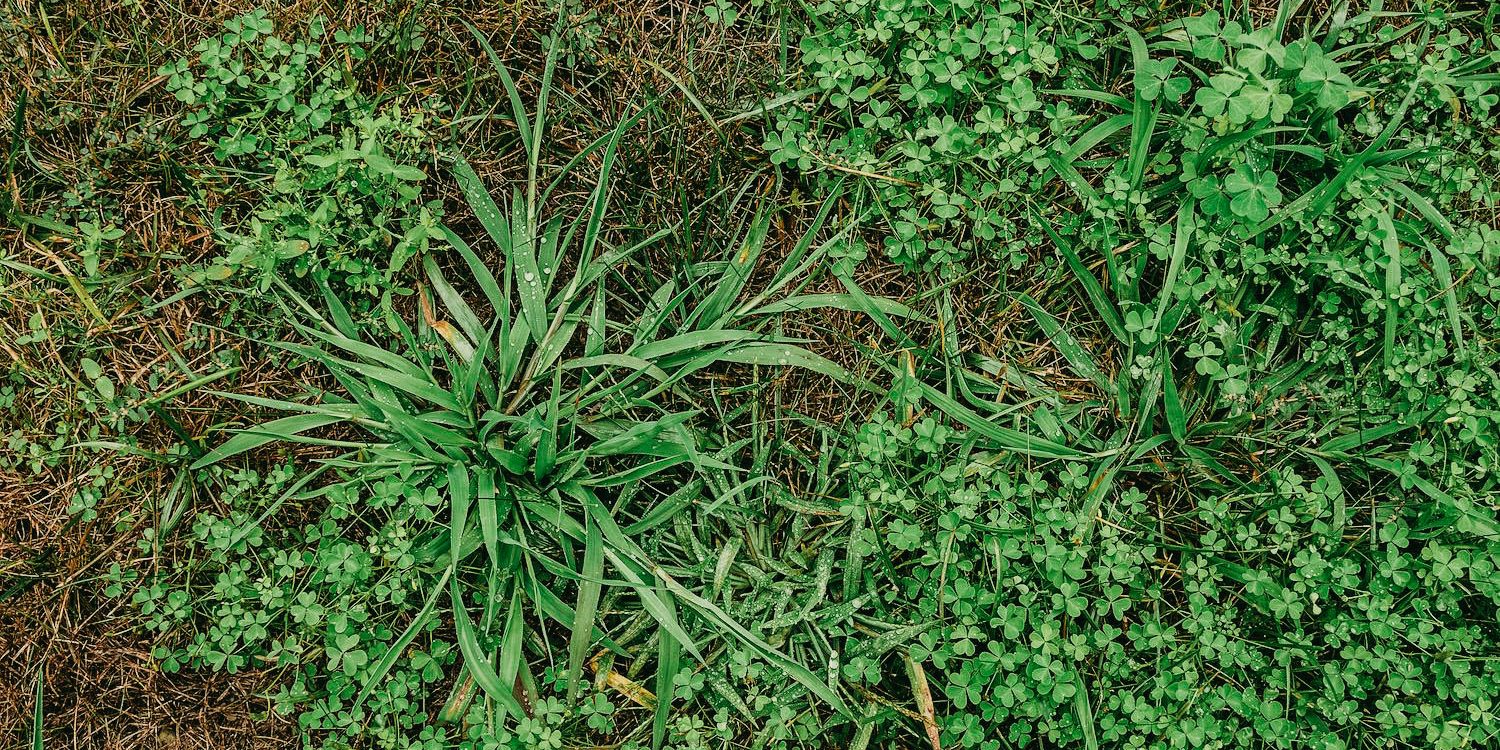
Identify Difficult Broadleaf Lawn Weeds
Do you have a stubborn weed in your lawn? Learn how to identify difficult broadleaf lawn weeds that could be invading your yard in Illinois.
Quick Guide
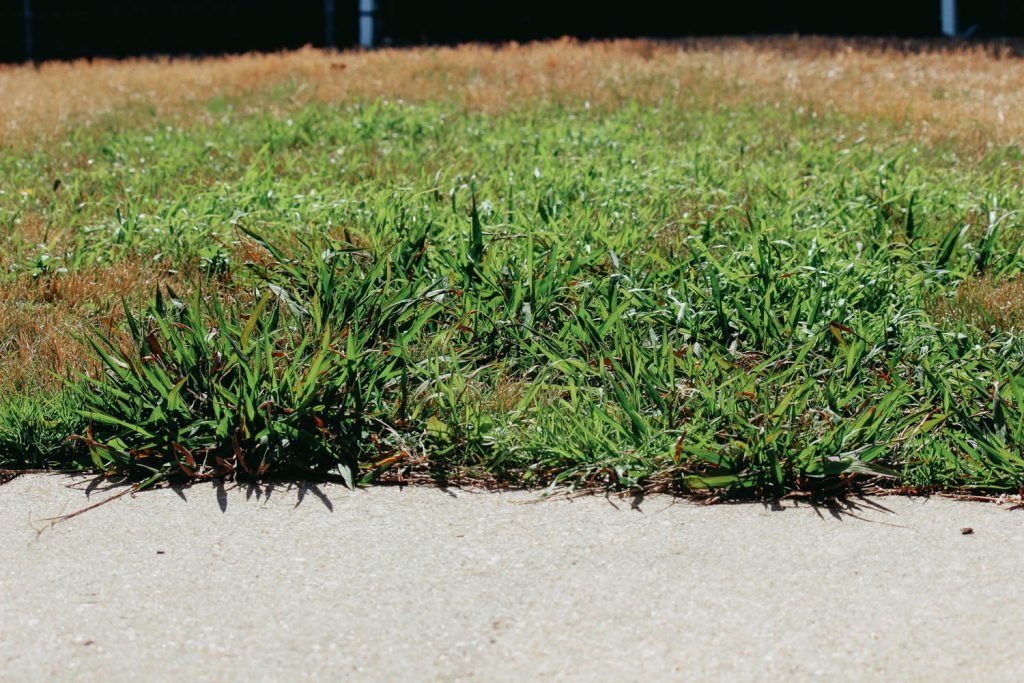
Crabgrass Weeds Identify Crabgrass Weeds
What Does Crabgrass Look Like:
Crabgrass leaves are broader & the roots grow relatively shallow, so they are easier to uproot.
Typically crabgrass sprouts later in the season because it is a warm-season grass.☀️
✅ Pro Tip: Crabgrass likes growing in acidic soil; by adding lime to your soil, you will reduce the acidity of your lawn, making it harder for crabgrass weeds to grow.
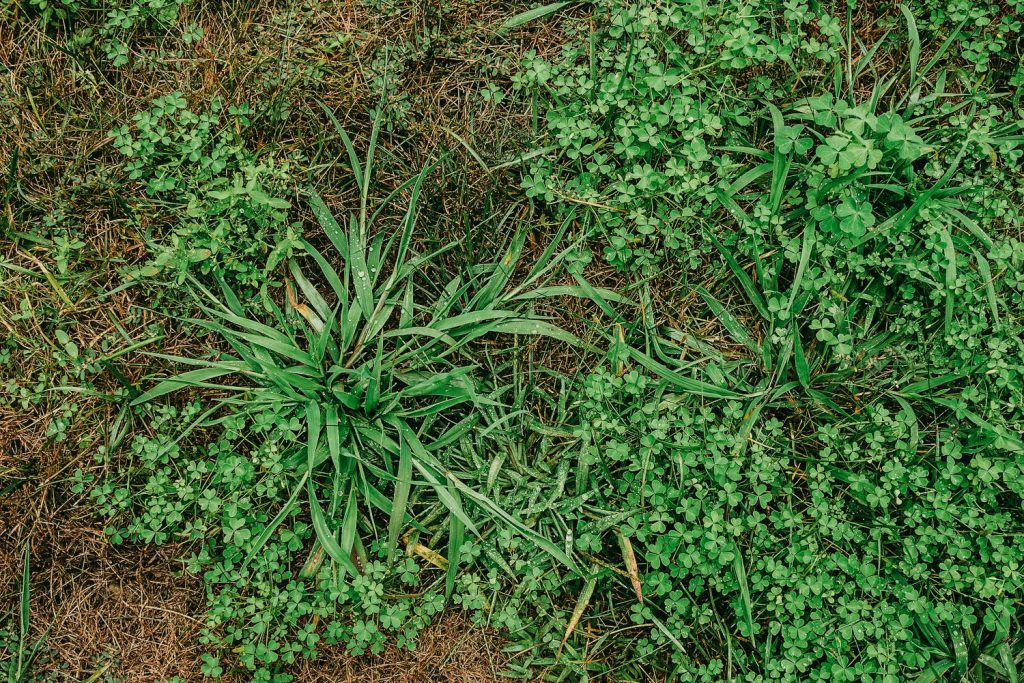
Quackgrass Weeds Identify Quackgrass Lawn Weeds
What Does Quackgrass Look Like:
Quackgrass will appear in early Spring with leaves that are more narrow & have auricles (finger-like projections that hook around the stem).
Their roots are rhizomes making them grow horizontally throughout the lawn.
❓Did You Know: Quackgrass and Crabgrass are often confused. Proper identification of yard weeds is necessary for treatments to work correctly.
Lawn Fertilization & Weed Treatments
Looking to get signed up for service? Learn more about our current services & quickly get a quote for your property.
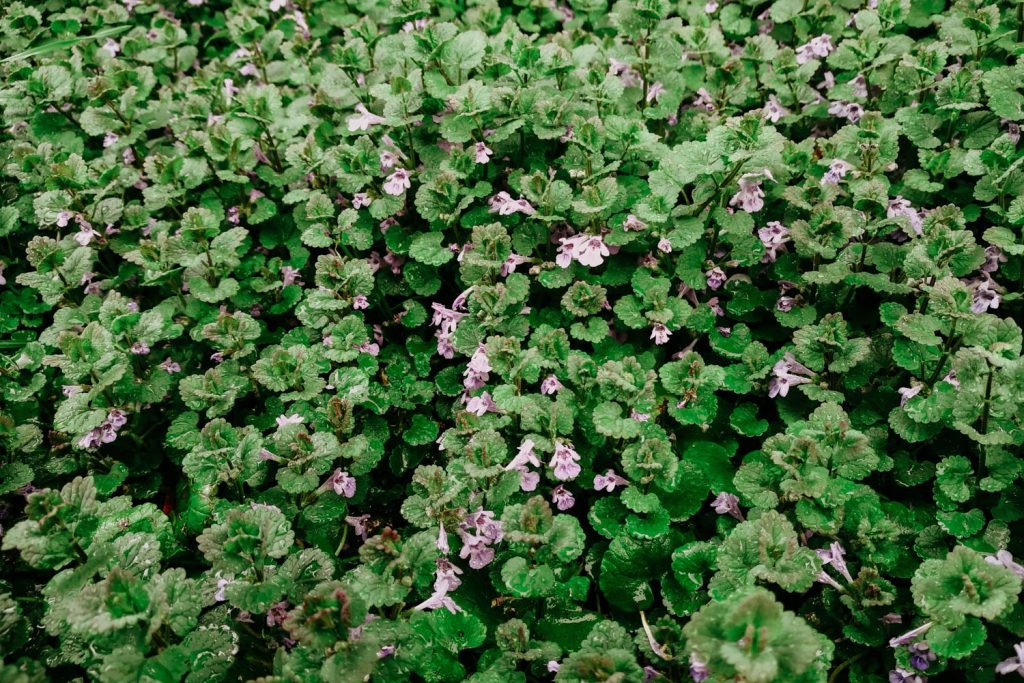
Creeping Charlie Weeds Identify Creeping Charlie in Your Lawn
What Does Creeping Charlie Look Like:
Creeping Charlie is identifiable by its low growing vines and mat-like ground cover.
The leaves have scalloped edges and are bright green, and the flowers are a bluish-purple.
🔍 Fun Fact: Creeping Charlie can smell minty when freshly cut with a mower.
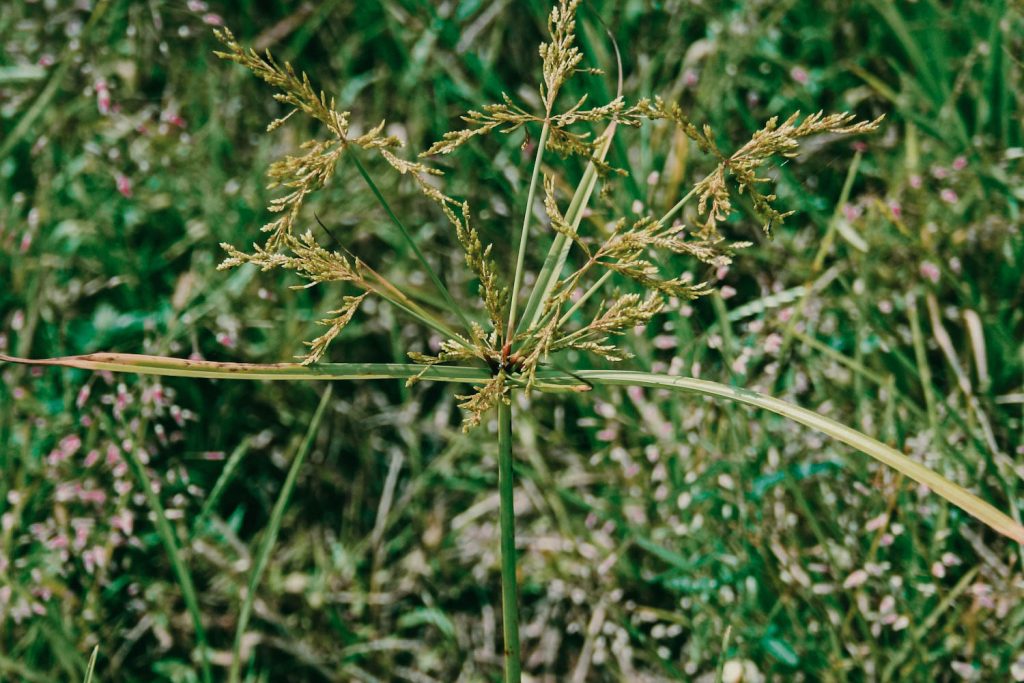
Nutsedge Weed Identify Nutsedge In Your Lawn
What Does Nutsedge Look Like:
Nutsedge appears in the summer and is easily distinguishable as it grows faster & taller than the grass in the lawn.
When Nutsedge is left growing, yellow flowers will sprout from the weed.
✅ Pro Tip: Do not pull Nutsedge from your lawn, as any roots left in the soil can cause new weeds to sprout and grow.
Start Your Quote Today! Getting Started
Get your weekend back & simplify your life this season. Trust Elite Lawn Care for your Lawn Care, Landscaping & Snow Removal needs.
-
1Choose Your ServicesChoose the services your property needs throughout the year.
-
2Set Up & Finalize Your AccountFill out the form & one of our team members will contact you.
-
3Discover The DifferenceServices are automatically scheduled, completed & billed.

